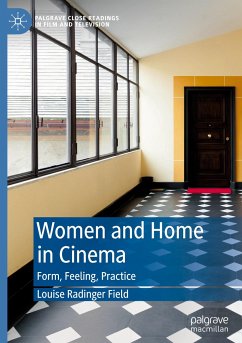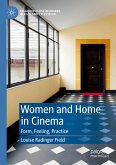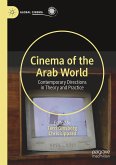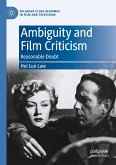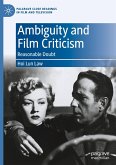This book explores visions of home in cinema and the ways in which women inhabit the onscreen realm. Looking closely at a range of films made between 1936 and 2013, it examines how filmmakers reconfigure studio sets and real locations through the filmmaking process into mutable onscreen domains imbued with depth, metaphor, and expressivity.
The book studies the films through the lens of four filmmaking processes in particular: découpage, mise-en-scène, sound and editing. Close analysis reveals how filmmakers use these cinematic 'building blocks' to shape onscreen worlds charged with emotion and animated by the warp and weft of psychic life.
Images of home abound in the cinema, and women frequently find themselves at the core of both structures. Drawing on recent spatial and feminist enquiry, the book reviews the idea of home as a fixed and stable location and illustrates how the art of cinema is well equipped to explore home as an imaginary as well as a material realm.
With its emphasis on film practice as a route into critical reflection, this book will be of interest to filmmakers, film theorists and those who simply want to understand more about how films work.
The book studies the films through the lens of four filmmaking processes in particular: découpage, mise-en-scène, sound and editing. Close analysis reveals how filmmakers use these cinematic 'building blocks' to shape onscreen worlds charged with emotion and animated by the warp and weft of psychic life.
Images of home abound in the cinema, and women frequently find themselves at the core of both structures. Drawing on recent spatial and feminist enquiry, the book reviews the idea of home as a fixed and stable location and illustrates how the art of cinema is well equipped to explore home as an imaginary as well as a material realm.
With its emphasis on film practice as a route into critical reflection, this book will be of interest to filmmakers, film theorists and those who simply want to understand more about how films work.

